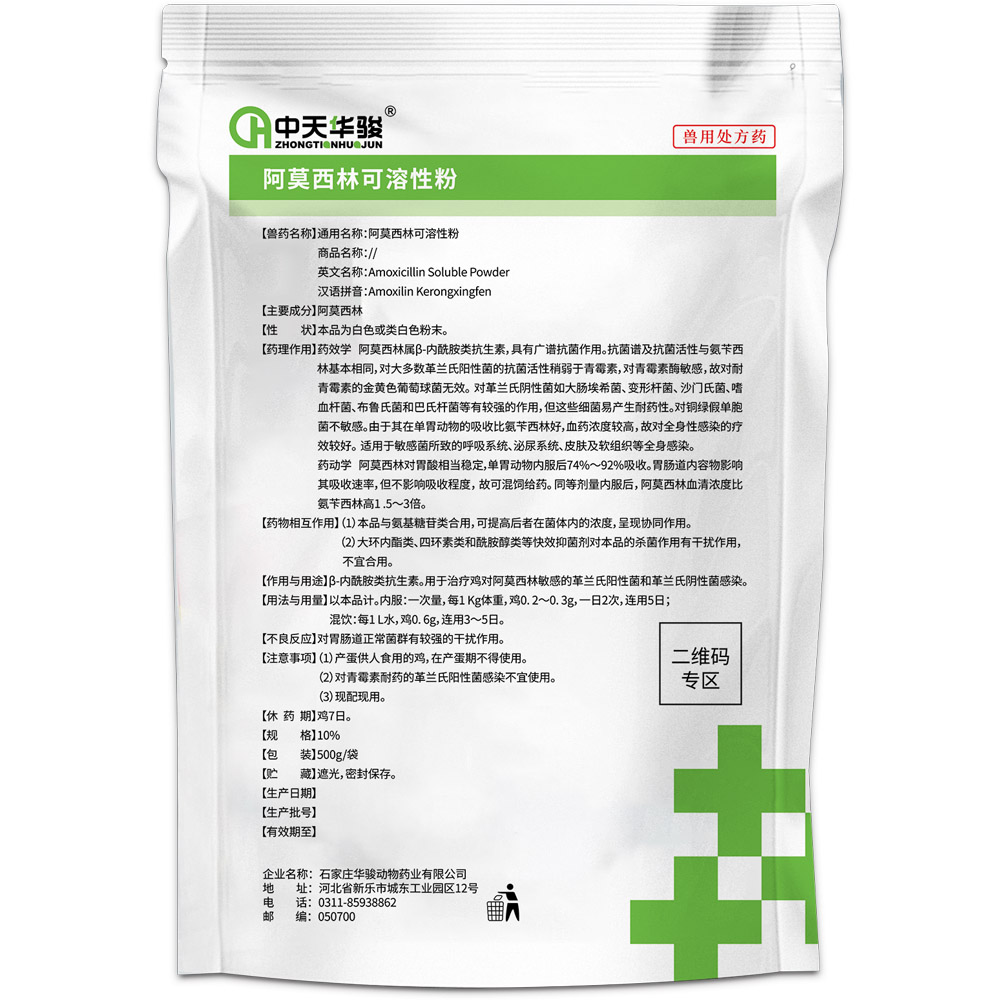
Jul . 27, 2024 05:35 Back to list
A Comprehensive Study on Coccidia in Chinese Rabbit Populations and Their Impact on Health
Understanding Rabbit Coccidia A Critical Challenge for Chinese Rabbit Farmers
Coccidia are microscopic parasites that belong to the family Eimeriidae, and they can pose significant health threats to rabbits. In the context of China's booming rabbit farming industry, understanding and managing coccidian infections is crucial for maintaining rabbit health and optimizing production. This article aims to shed light on rabbit coccidia, its implications, and potential management strategies for Chinese rabbit farmers.
Coccidia infect the intestinal tract of rabbits, leading to the disease known as coccidiosis. This illness is most commonly caused by two species of Eimeria E. intestinalis and E. stiedae. While E. intestinalis primarily affects the intestines, E. stiedae targets the liver, leading to severe health complications. The symptoms of coccidiosis can vary, ranging from mild diarrhea to severe dehydration, weight loss, and even death if not treated effectively.
Understanding Rabbit Coccidia A Critical Challenge for Chinese Rabbit Farmers
In China, the rabbit farming industry has seen rapid growth, with many farmers raising rabbits for meat, fur, and as pets. Unfortunately, the rise in rabbit populations has also led to increased incidences of coccidiosis. Poor sanitation, overcrowding, and inadequate nutrition can exacerbate the problem, creating a perfect environment for coccidia to thrive. Therefore, effective management practices are needed to control outbreaks and maintain the health of the rabbit population.
china rabbit coccidia

Prevention is the best strategy for managing coccidiosis. This begins with good husbandry practices, which include maintaining clean and dry living conditions, ensuring proper ventilation in rabbit housing, and minimizing stress by avoiding overcrowding. A high-quality diet that meets the nutritional needs of rabbits is also essential as it strengthens their immune system, enabling them to better fight off infections.
Regular health checks and monitoring of rabbit behavior are critical for early detection of any signs of illness. Farmers should also be aware of the importance of isolating any sick animals from the rest of the herd to prevent the spread of coccidia.
In addition to preventative measures, the strategic use of coccidiostats, such as sulfamethazine or amprolium, can help control the proliferation of these parasites in a herd. However, it is essential to use these medications judiciously and under veterinary guidance to prevent the development of drug resistance and to avoid residues in meat intended for human consumption.
Education plays a pivotal role in managing rabbit coccidia. Farmers should stay informed about the latest research and advancements in veterinary medicine regarding rabbit health and coccidiosis management. Collaborating with veterinarians and agricultural extension services can provide farmers with valuable resources and knowledge to combat this challenging disease.
In conclusion, rabbit coccidia pose a significant threat to the health and productivity of rabbits in China. By implementing effective management strategies and prioritizing good husbandry practices, farmers can minimize the impacts of coccidiosis and ensure a healthy rabbit population. As the industry continues to grow, a focus on education and proactive health management will be vital in overcoming the challenges posed by coccidia and achieving sustainable success in rabbit farming.
-
Premium China Bacillus Subtilis Supplier & Factory Solutions
NewsJul.30,2025
-
Premium Avermectin Supplier in China | Custom Solutions Available
NewsJul.29,2025
-
China Bacillus Subtilis Supplier - Custom Factory Solutions
NewsJul.29,2025
-
China Salivation: Leading Custom Salivation Supplier & Factory Solutions
NewsJul.29,2025
-
Leading Lincomycin Hydrochloride Manufacturer & Supplier with High Purity
NewsJul.29,2025
-
Bio-Enzyme Yogurt Growth Promoter Factory - Top Quality Manufacturer & Supplier
NewsJul.28,2025




